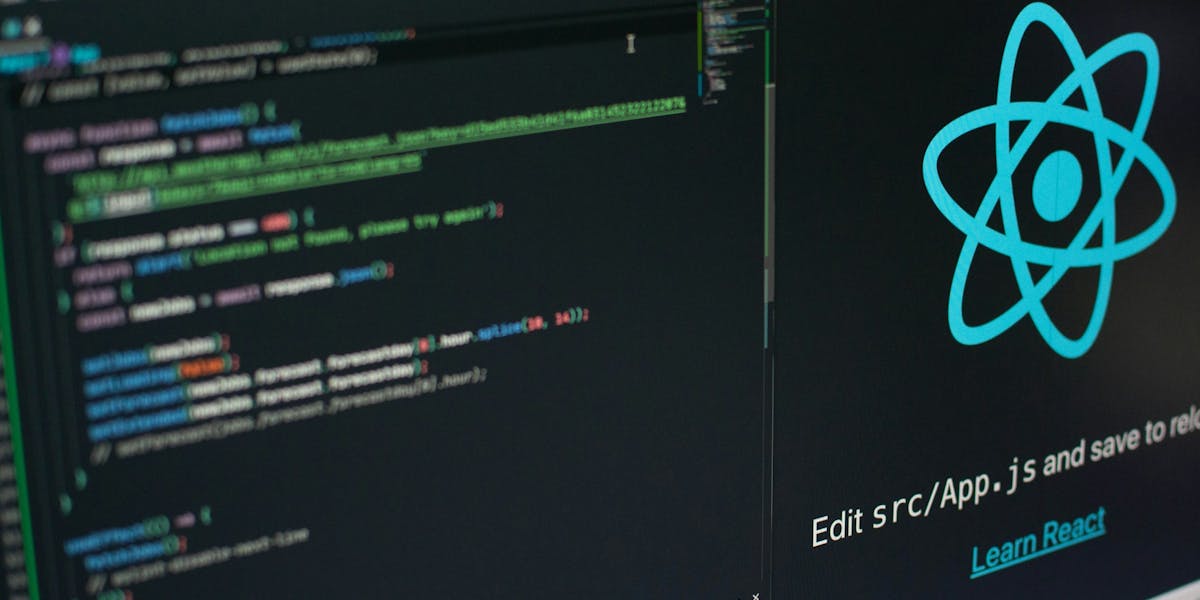
The Future of React: Server Components and Beyond
Explore the revolutionary changes coming to React with Server Components, and how they'll transform the way we build web applications.

Sarah is a tech writer and software engineer with over 8 years of experience in web development. She's passionate about making complex technical topics accessible to everyone and loves exploring the latest trends in JavaScript and React.
What Are React Server Components?
React Server Components represent a fundamental shift in how we think about React applications. Unlike traditional components that run in the browser, Server Components execute on the server and send their rendered output to the client.
Key Benefits
- Zero Bundle Size Impact: Server Components don't add to your JavaScript bundle
- Direct Database Access: Fetch data directly without API routes
- Better Performance: Reduced client-side JavaScript and faster initial page loads
- Improved SEO: Server-rendered content is immediately available to crawlers
How They Work
Server Components run during the build process or on each request, depending on your setup. They can directly access databases, file systems, and other server-side resources that traditional React components cannot.
The mental model is simple: think of Server Components as a way to move some of your React logic to the server, reducing the amount of JavaScript that needs to be downloaded and executed by the browser.
Getting Started
To start using Server Components, you'll need a framework that supports them, such as Next.js 13+ with the app directory. The learning curve is gentle if you're already familiar with React concepts.